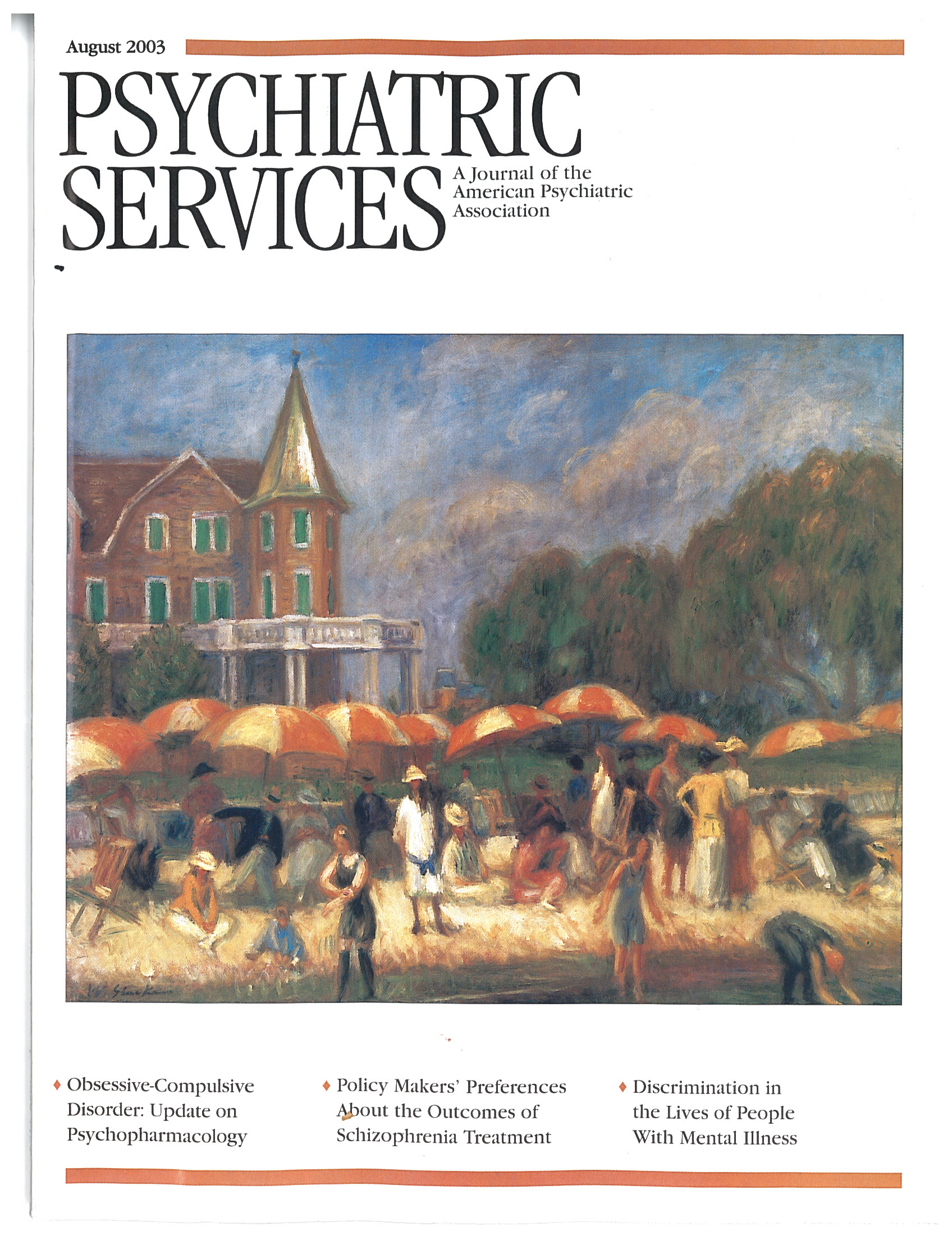Psychiatry in La-La Land
To the Editor: In the Multimedia Reviews column in the June issue (1), Dr. Greenberg observes what many of us have long recognized about cinematic renderings of mental illness: that they destructively depict its causes and manifestations as well as its treatments and outcomes. How many times have we all tried to reassure a patient or his or her family that the patient doesn't have the disorder that afflicts a character in a film?
Despite Dr. Greenberg's wise conclusions, three issues related to his findings leave me somewhat disturbed. First, why is it that psychiatry has become more likely to be misrepresented in film than any other medical specialty? What does it say about us—clinicians charged with attending to the mental health of our culture—that the film industry gets it wrong again and again?
The second issue is "So what?" Yes, films, particularly those cited by Dr. Greenberg, are terribly inaccurate in the area of diagnostics, patient-clinician relationships, treatment, and the relationship between madness and creativity. But is there a plan to use these films to train psychiatrists? I would hope not. That would be akin to using Michelangelo's "David" to train urologists! The fact that such a plan does not exist does not detract from the artistic value of the film or the sculpture. To evaluate one against the other is irrelevant.
Third, the potential utility of film, even in training, can extend well beyond diagnosis and treatment. Our patients, no matter how disturbed they may be, are members of a social milieu—family, work, community, scout troop, and so forth. I don't doubt that the on-screen depictions of these milieus are often distorted and exaggerated. However, unless we require a psychiatry resident to have an affair or to grow up in an alcoholic family, film can be an important way to provide someone a sense of an experience. Clearly, competence demands a lot more, but at least it's a start.
Dr. Mark is affiliated with Meir Hospital in Kfar Saba, Israel.
1. Greenberg HR: La-La Land meets DSM-IV: the pleasures and pitfalls of celluloid diagnostics. Psychiatric Services 54:807–808, 2003Link, Google Scholar



